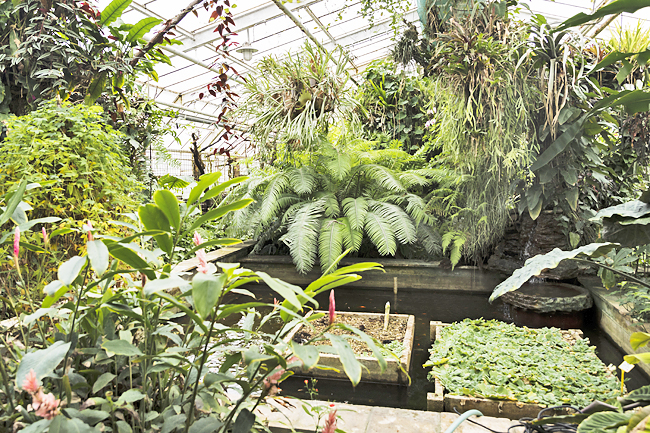Daniel Lim
In today’s world, the conservation of natural resources, biodiversity and endangered species has continued to be pressing as the consumption of natural resources has risen at an alarming rate, resulting in climate change, loss of habitats, and extinction of species.
As such, many have taken on the challenge of environmental preservation, vital for future generations.
The conservation of biodiversity is essential as it promotes ecological balance, genetic diversity, and ecosystem functioning as evident with the varied biodiversity found across the nation.
While conserving biodiversity is not an easy task, there have been efforts made to save endangered species and preserve habitats. One such effort is ex-situ conservation, which refers to the conservation of species outside of their natural habitats.
Unlike a herbarium, which dries and preserves plant specimens in collections that are meant to be kept for a long period of time, ex-situ conservation co-exists as inverse to a herbarium and instead forms a collection of living organisms and their genetic materials at an easy to access central location.
Various ex-situ conservation sites also exist in the Sultanate, such as the Botanical Research Centre at Universiti Brunei Darussalam (UBD) that features both ex-situ and in-situ conservation for research and education.



Two centres that have decades of experience in ex-situ conservation are the Ex-situ Sungai Lumut and Ex-situ Sungai Liang, which are hosts to a variety of plant species, many of which can only be found in the rich biodiversity of Brunei.
Located next to the Tropical Biodiversity Centre (TBC) and Sungai Liang near the Brunei National Herbarium (BRUN) respectively, Ex-situ Sungai Lumut and Ex-situ Sungai Liang act together to form the richest living collection of the plant species found in the nation, many of which can be found deep within the rainforest.
According to the Forestry Department, Ex-situ Sungai Lumut comprises more than 300 species of wild orchids that are propagated under three shade houses, which include existing as well as new species. Other plants of interest also found here are nepenthes, hoyas, aroids and begonias.
Also among them are plant species that are close to extinction, as ex-situ conservation represents one of the essential measures necessary for the preservation of endangered species by providing with a safe haven.
As such, another purpose of ex-situ conservation is to preserve the genetic diversity of endangered species, which is crucial for their survival.
It also provides a backup population in case the wild population is lost due to habitat destruction, climate change or disease. Together with herbariums, both work together to aid scientists and researchers in the effort of conservation.
Cross-referencing various specimens found throughout history encapsulated in records found within herbariums against live samples of specimens that are held in ex-situ conservation can provide researchers with a wealth of information about the biology, behaviour and ecology of endangered species.
They also offer an opportunity to study these species in a controlled environment, which can be invaluable for understanding their needs and developing conservation strategies without the need to venture for days in search of the specimen in question.
In addition, by providing a record of the plants that have existed throughout history, herbariums can help scientists to understand how plant populations have changed over time and how they may continue to evolve in response to environmental pressures that can be found in living specimens at ex-situ conservation.
This effort not only extends to aiding scientists and researchers in conservation efforts, but also raises public awareness on the importance of biodiversity.
Ex-situ conservation helps researchers and scientists in their effort to conserve species by providing them with live samples of specimens which can be studied, propagated and even reintroduced into the wild.
The process saves time as the researchers do not need to go out to the field; it also ensures that the endangered wildlife are protected.
While there are challenges associated with keeping and tending to the plant species’ needs outside of their intended natural environment, ex-situ conservation still plays an essential role in the conservation of endangered species and the preservation of genetic diversity.






